[slideshow]By Dana LeMarbre

While traveling through the halls of the Sanders Administration Building several weeks ago, I couldn’t help but notice the art work that covered the walls of the pedestrian plaza. What caught my eye was not only the uniqueness of the visuals, but the display of some historic figures that are unfavorable to American ideologies and should arguably not be displayed on the walls of an American University.
The lenticular images displayed by artist Richard Cutrona caught my eye for two reasons. First, the artwork is of a three dimensional quality, and who doesn’t like 3D? When viewing Mr. Cutrona’s art, many positions have to be taken in order to see and understand the image. It is kind of like being a small bird that pecks away at sunflower seeds from a feeder. Images of worldly events such as President Bush being told about the attacks of 9/11, while reading to school children and familiar images of Osama Binladin are clearly displayed through this cool and intriguing medium of lenticular art. Images such as these are important for us as American citizens to remember the tragedy’s that occurred on that fateful day in September of 2001.
The second reason I took interest at Mr. Cutrona’s art, is that some images were not so favorable to my eye. Although most of the art takes a little focusing and head turning to really capture the images, and some were direct and needed no squinting or the cocking of one’s head to absorb that three of the figures were person’s of question to any American.
Gathered in a small cluster on the top of one of the images were the busts of Kim Jong Ill, Mahoud Ahmadinejad and Benito Mussolini. Clearly these individuals represent ideologies unfavorable to not only Americans, but anyone with respect to human rights, equality and associations of a free and democratic society.
I just found it very odd that these individuals were displayed on the walls of an American University. I needed more answers as to why; just thinking of the prints as art and blowing it off wasn’t enough. The old cliché “art is left up to interpretation” was not going to cut it.
So I wrote the artist and told him I wanted more than just a visual of what he was thinking, or what his point might be. After a lengthy letter from Mr. Cutrona it was clear that he hooked a fish on his bait of imagery. The letter was more about him, how smart and important he was and less about the images on the walls of my campus. In all fairness to Mr. Cutrona, I find him like any other artist with some success or integrity, to be articulate, engaging and a bit complicated. After hearing about his disfavor for the Bush administration, its practices and legitimizations of wire tapping’s through the patriot act. It was clear that Mr. Cutrona’s dislike for George W. Bush’s tenure in the oval office was not to his liking, thus linking American personas, ideologies and perspectives to Mussolini, Ahmadinejad and Kim Jong Ill.
How would these tyrants feel about having their pictures displayed in the halls of an American institution with no explanation of why they are there and what they represent?
Not everyone was a fan of George W. Bush, including myself, but to be connected with the likes of Ahmadinejad and the other two, thankfully deceased, leaders is questionable and unworthy of being hung on the walls of Fitchburg State University.
I am glad for Mr. Cutrona and his success as an artist, but what I am not glad about, is his way of sending his message or messages of distaste for an administration that clearly had some wrong doings in the eyes of some. but to link the Bush administration to the likes of Fascism and the direction of sustaining basic human rights, does not warrant the display of his ambiguous art to be displayed on the walls of an American University. I find Mr. Cutrona’s medium of visual art to be interesting and unique in nature, but to hide behind it with your political views in tow, lacks character, by not explaining why these individuals’ images have made it to Fitchburg State University and what messages they convey. This is a classic example of an artist leaning on the notion that art is interpretative and subjective and although I believe that to be true, just don’t connect your anti-American opinions to the likes of the three tyrants in your picture. I’m sorry, you have every right to have an opinion, just hang it on your own wall, not mine.
Categories:
Lenticular art- an American perspective
May 3, 2012
3
0
More to Discover



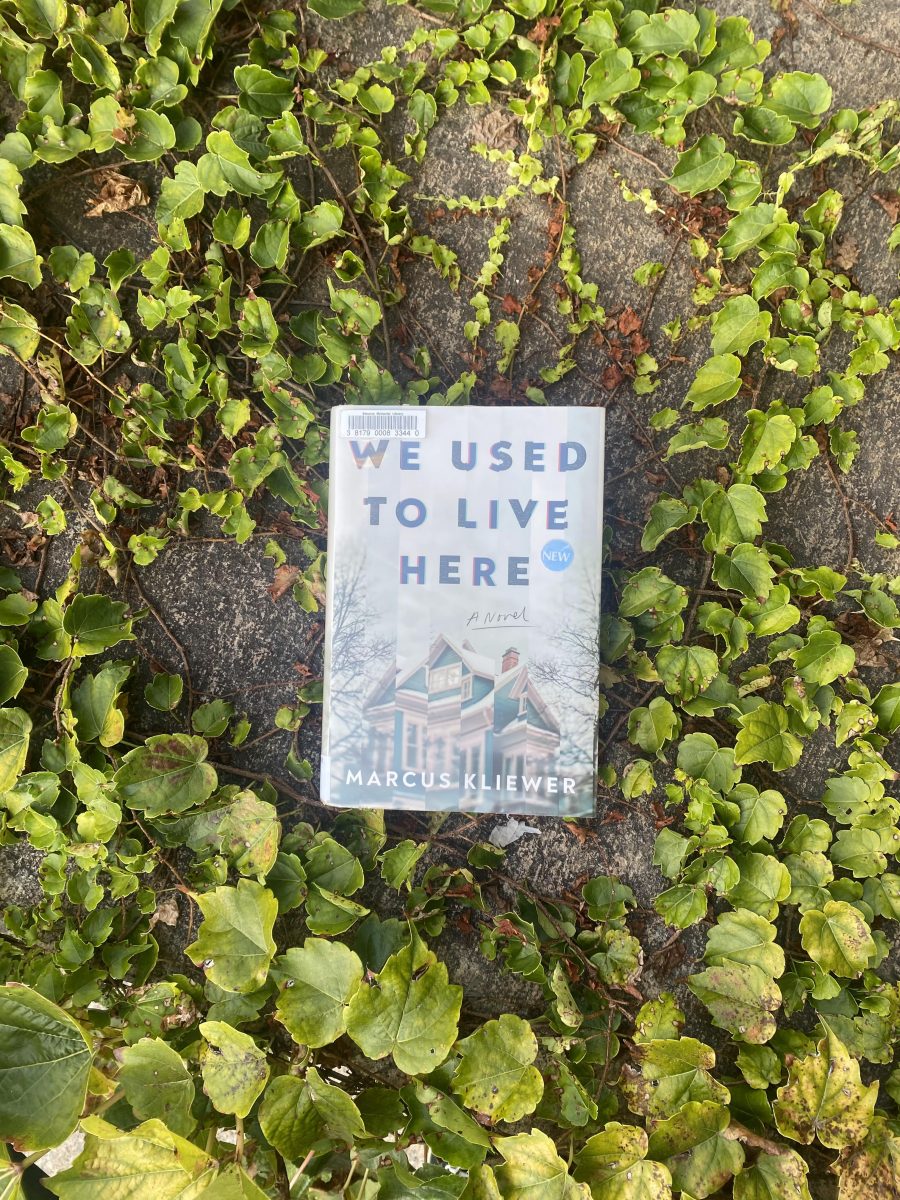



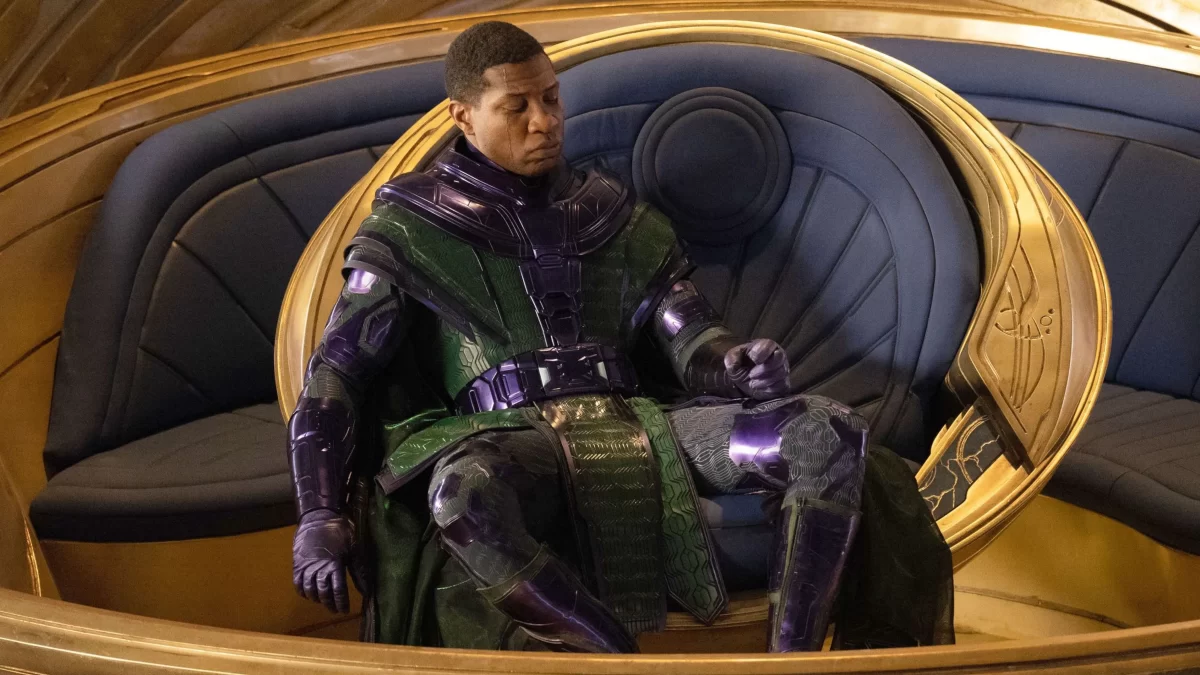
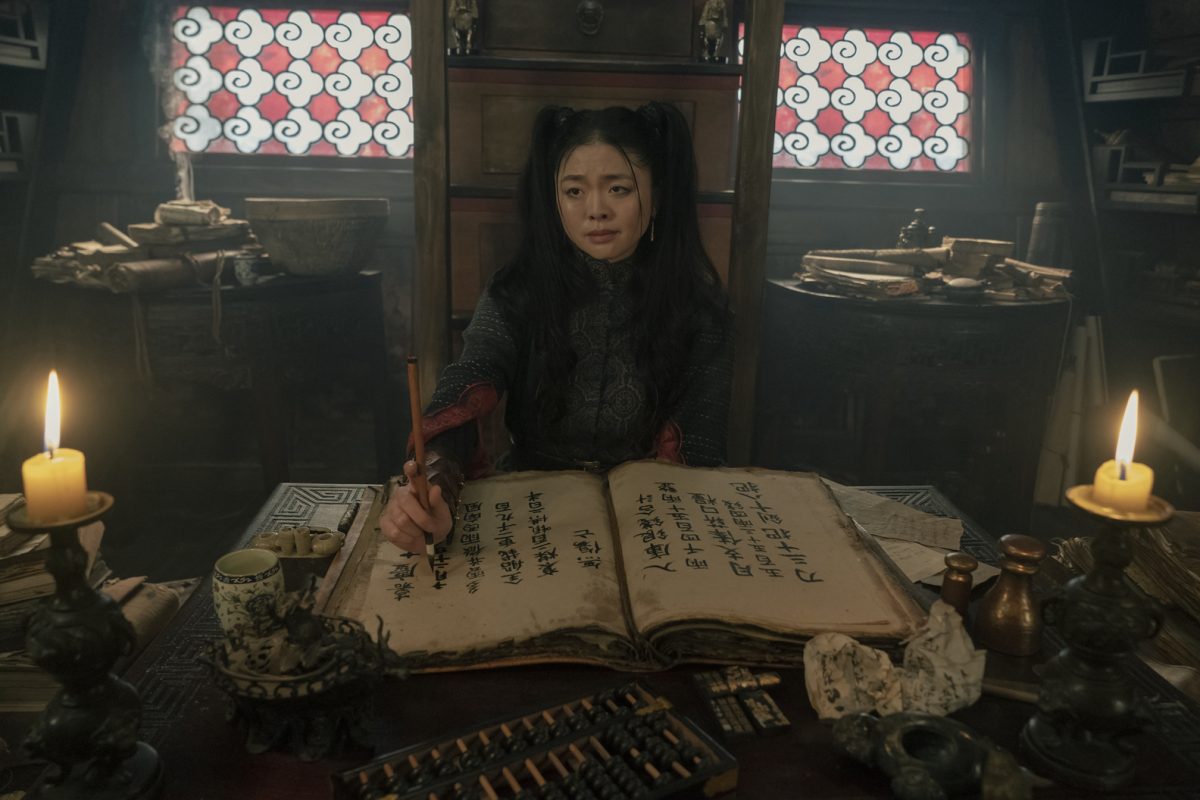
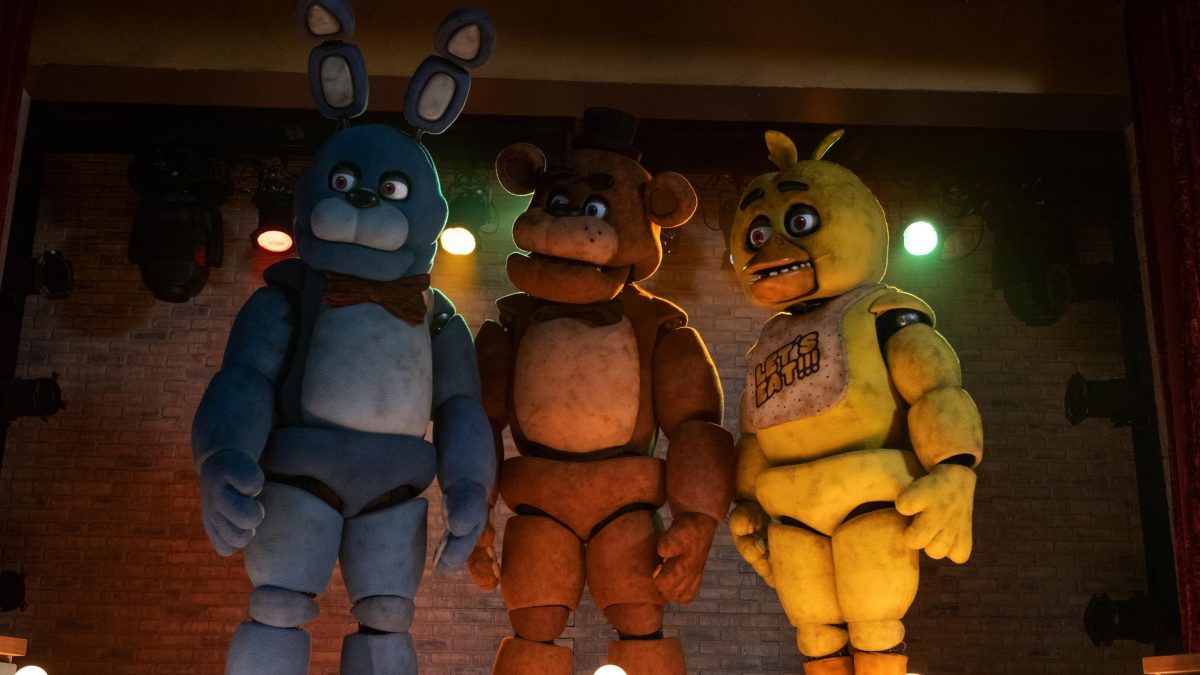
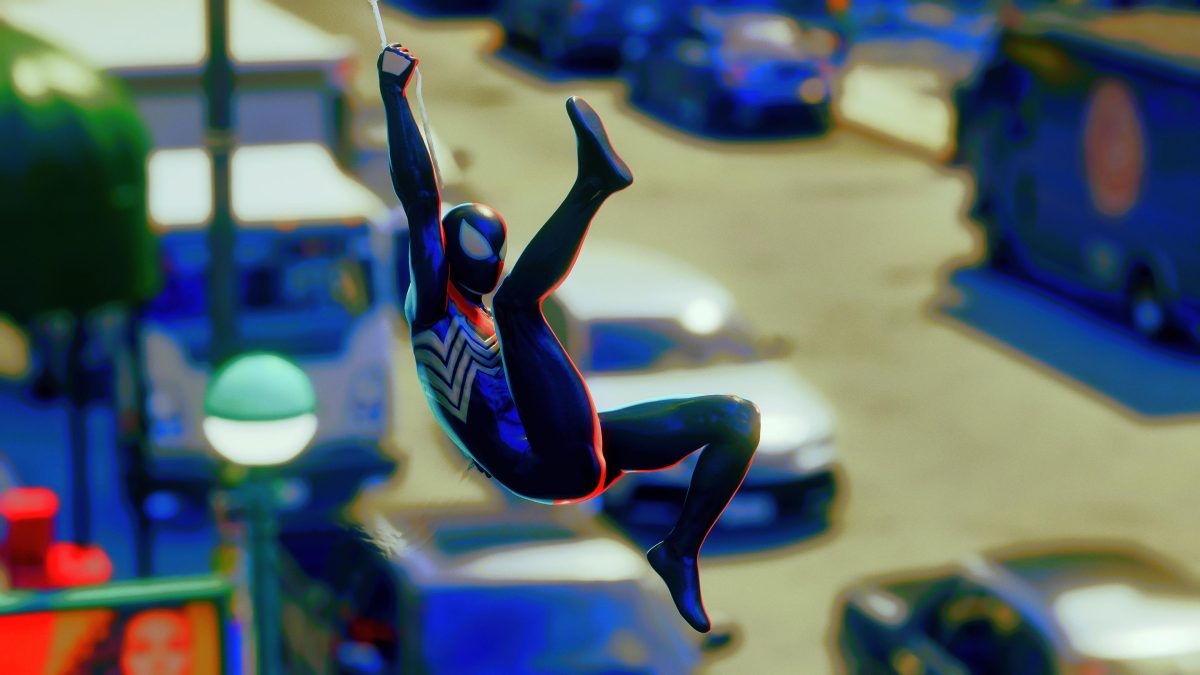
Richard Cutrona • Jan 14, 2013 at 3:22 pm
Hi Dana,
I gave not one, but two lectures at FSU on separate dates where I offered up detailed explanations of my work and I gladly/publicly answered questions about my creative process. It’s a shame that you did not attend. It’s also a shame that I wasn’t sent a link to this article so that I could respond to it here in this forum. When you wrote to me I provided you with my best, honest response to your concerns. I did this in good faith and received no further communication regarding this article. In my view, that fact that I’m stumbling upon this, a year after the the fact, denotes questionable journalistic practices on your part. It’s quite sad that you were unable to see beyond your own reactionary response to the work.
I found FSU to be an impressive and thoughtful institution of higher learning. They had the vision to support my work and I will always be grateful for that. FSU cares about free speech and creative integrity, I wish I could say the same for you Dana.
Best Wishes,
Richard Cutrona
Richard Cutrona • Jan 14, 2013 at 3:28 pm
Here is my response to Dana’s email…….FYI
Hi Dana,
Thanks for writing, sorry for the delayed response, I’ve been preparing for my upcoming show at The Community College of Rhode Island. I’ll do all I can to clarify the conceptual underpinnings of my work. First and foremost I use my art as a catalyst for critical thought. While I have extremely clear ideas upon which I base each piece (and I surely don’t mind discussing them), I would like my viewers to leave the work with more questions than they have answers. This dialog that you and I find ourselves engaged in is a strong aspect of the work, every bit as essential, as the physical pieces hanging on the wall. I want my viewers to be engaged, I want them to question, I want them to seek answers and to explore the sociopolitical landscape. I recoil from absolute labels and finite perspective, the word “evil” makes me uncomfortable, just as words like righteous and divine make me uncomfortable. Global perspective is constantly in flux, today’s villain is tomorrow’s hero, and vice-versa. A figure like Ahmadinejad for instance, must be understood in a global, transcultural, non-western context. Discussions of good or evil are less interesting to me than considering these figures in a light that allows for a multifaceted understanding.
To address the specific pieces you’ve mentioned it’s important to understand the foundation of the series. These works reference Norman Rockwell’s “Four Freedoms” war bonds posters of the 1940s. It is important to note that the concept of “the four freedoms” was not conceived by Rockwell but originated from a now famous State of the Union Address given to the United States Congress by Franklin D. Roosevelt on January 6, 1941. Rockwell’s images were used to raise funds for the U.S. military during the Second World War. Rockwell illustrated the four freedoms with the highly stylized, almost iconic Saturday Evening Post style that many American’s could easily recognize. The four freedoms were identified as freedom of speech, freedom from want, freedom from fear, and freedom of worship. The two prints in question are freedom from fear, and freedom of speech. The first, entitled simply “Fear,” was a reaction to the global nuclear arms picture of 2007. Kim Jong il and Mahmoud Ahmadinejad represented two of the three countries in the Bush administrations “Axis of Evil.” Robert Oppenheimer, the guiding mind behind “The Manhattan Project,” is also prominently depicted. It was, and I suppose still is, important for me to question the role of “The Enemy” in our political/media-based environment. With this piece in particular I was exploring the notion of political leverage gained by positioning one’s self against a villain. The Second, piece in question is “Speech”, this print was created in response to the NSA wire–tapping program that was legitimized under the patriot act. I included this image of Benito Mussolini for a few reasons. I felt that the actions of the NSA were fascist in nature and stood in direct opposition to the concept of freedom of speech. I also felt that Mussolini’s arrogance could be conflated with the arrogance of our conservative power structure. Megalomania is not the sole province of those that function outside of the United States. It is important to reflect on our own actions and attitudes. I find a sense of historical perspective to be quite helpful in this area. I hope this helped, thank you for your questions and your interest in my work. I’ve attached some files that you might find useful.
Best Wishes,
Richard
Erin • May 8, 2012 at 10:50 am
Great article, Dana!